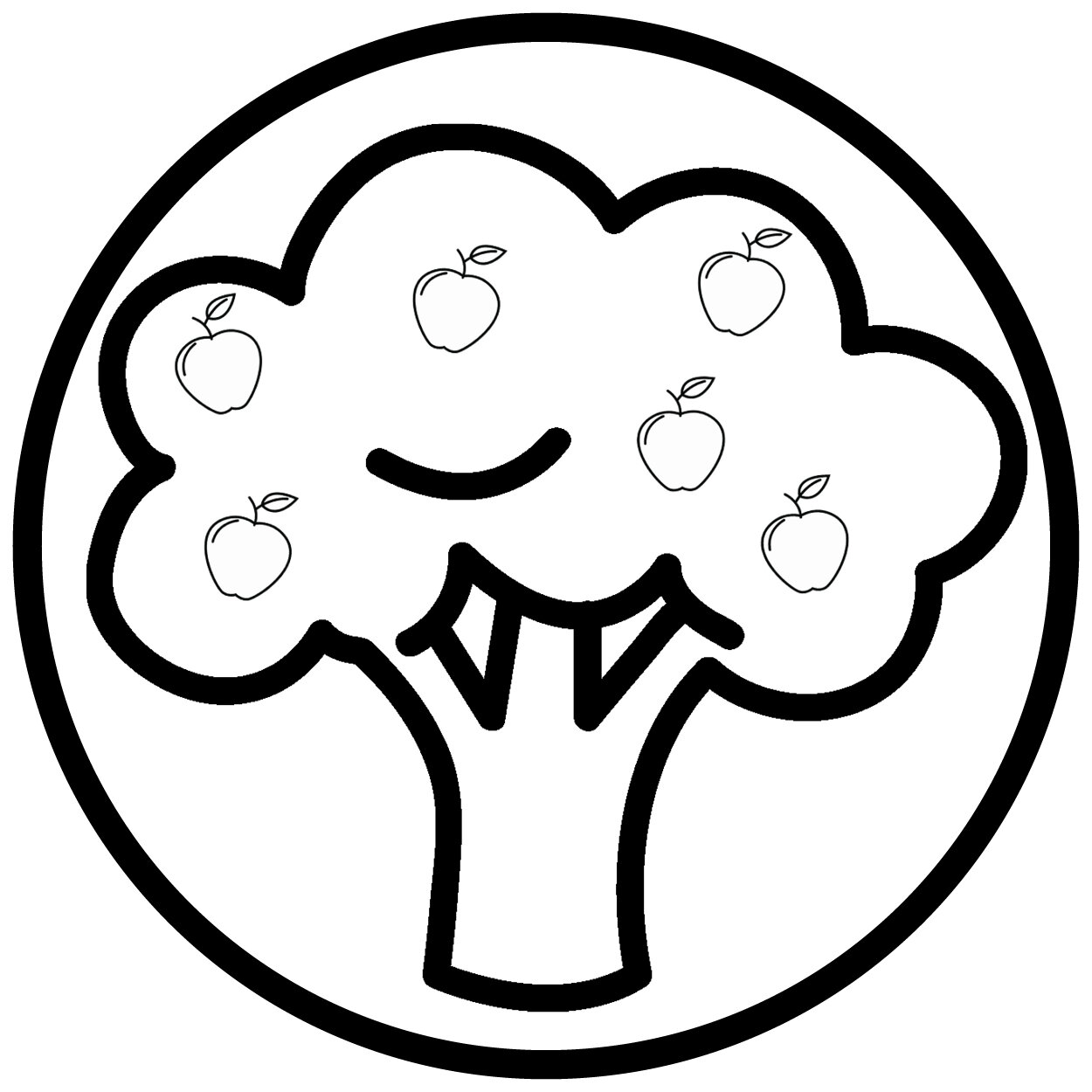How We Measure Impact:
Average Neighborhood Orchard Production
Average Number of Trees: 15
Annual Production Potential: 2,515 lbs.
Annual 1/3 lb. Servings: 7,544 servings
Annual Produce Value: $6,337
Lifetime Production Potential: 53,256 lbs.
Lifetime Produce Value: $134,206
National Impact
88,352,193
Lifetime Production Potential Servings
553
Number of Giving Grove Sites
1,390,527 pounds
Annual Production Potential
1,269
Registered Volunteers
1000+
Trained Stewards/ Apprentices
4,171,582
Number of 1/3 lbs. Servings Annually
Sustainability
A single Giving Grove orchard, with an average of 15 trees, has the ability to sequester approximately 2.7 tons of carbon over 25 years.
Orchard trees and shrubs remove carbon dioxide from the atmosphere through their natural process of photosynthesis. Orchard trees store carbon in their biomass including: leaves, trunk, branches, and roots. Carbon is stored in soil organic matter as a result of fallen leaves and branches.
Community
Each little orchard is a tool for bringing neighbors together. Each neighborhood puts its stamp on the use of the orchard.
One neighborhood used the planning and planting of their orchard to engage parents in re-opening their shuttered school.
Another neighborhood organized their youth to create art in the orchard, leaving lasting additions for residents’ enjoyment.
Many neighborhoods host harvest celebrations where residents pick, sample, and share the fruit.
One resident held her wedding in the newly created green space.
Some neighborhoods have added picnic tables, lawn chairs and pergolas to increase their enjoyment of their outdoor space.
Residents, buoyed by their success, have applied for grants for other neighborhood improvements.
As neighbors interact with a purpose and enjoy the “fruits” of their labor, they develop new bonds and experience their neighborhood as a safer space where they have connections to neighbors and to their wider community.
Our Reach
Expansion plans include scaling into 20 U.S. cities targeting large, densely-populated urban centers that have at least 75,000 residents who are classified as food insecure. Altogether, the Giving Grove’s expansion into these cities has the potential to provide free healthy food to 15% of Americans who live with food insecurity.
Stories from the Grove
Central Reform Congregation, Gateway Greening - St. Louis, MO
The Central Reform Congregation (CRC) in St. Louis has had a passion for growing food for years, with all of their garden produce going to a local food pantry. Located at a Synagogue in St. Louis, the CRC needed to remove a large amount of existing landscaping for security reasons when the region experienced an increase in anti-Semitism. This left the area looking barren. They loved the idea of taking the opportunity to transform a barren space that materialized out of hate and turning it into an orchard that is a symbol of love.
Last fall, with the help of the Gateway Greening’s Giving Grove program and volunteers from St. Louis University, the CRC planted 4 fig bushes and 10 fruit trees including apples, European pears and Asian pears. The fruit from this planting will be a welcome addition to their food pantry donations.
Nelson Mandela Elementary, The Big Garden - Omaha, NE
Nelson Mandela Elementary planted the largest Giving Grove orchard in Omaha this year with a total of 15 trees and 18 brambles. This non-profit school requires all parents to volunteer time. They came out, with kiddos in tow, in the spring to plant 12 of the trees. This fall, The Big Garden planted the last three trees and all the brambles exclusively with the scholars at Nelson Mandela. Kids as young as 5 braved the cold November weather to help plant.
The trees and brambles will start producing in earnest before the kindergarteners graduate from Nelson Mandela, and will produce fruit for their community until they’re over 30 years old! Riannon Bell, the head of culinary at the school, will include the fruit in their breakfasts and snacks, and any excess will be sent home with the kids’ families.
East High School, Kansas City Community Gardens - Kansas City, MO
East High School sits in a food desert and serves 100% low socioeconomic status students from all over the globe. Over 40 languages are spoken at East representing 42 countries. Historically, East High School had a thriving agriculture curriculum, although not active in recent years. This orchard planting along with vegetable and fish production are bringing agriculture back to the curriculum in 2017. The orchard will provide students with both fresh fruit and the opportunity to learn about fruit production.













